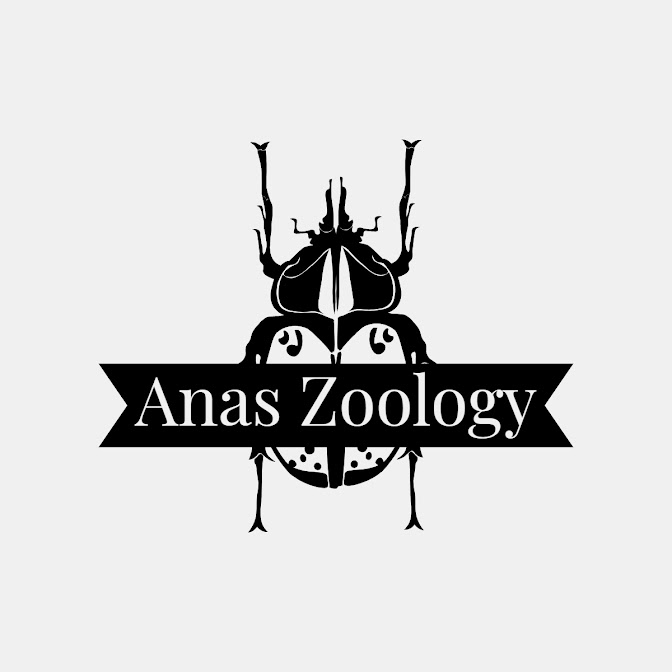ANIMAL TISSUES
1) SQUAMOUS EPITHELIUM:
It is a type of simple epithelial tissue. It forms the lining of the oral cavity, oesophagus, alveoli of lungs, blood vessels, kidney tubules etc. The cells are polygonal, flattened and resting over a basement membrane. They look like the tiles of a floor, hence are also called as pavement epithelium. Each cells shows a clear cytoplasm with the nucleus in the centre. The cells are closely packed with very little intercellular substance called matrix. They form a thin sheet and provide protection to the underlying tissue.
2) MUSCLE FIBRE:
A) Smooth/Unstriated Muscle Fibre:
It is a type of muscular tissue in the visceral organ. It occurs in the forms of layers or bundles in the wall of the hollow organs like the alimentary canal, blood vessels, trachea, urinary bladder. The muscle cells(fibres) are spindle shaped, tapering at both the ends and broad in the centre. Each cells shows a central nucleus surrounded by cytoplasm called sarcoplasm. There are myofibrils in the cytoplasm. Alternate dark and light bands are absent, hence they are also called non striated muscles. They do not work according to the will power therefore they are also called involuntary muscles. The muscle cells are packed in longitudinal parallel bundles called myofibrils which are bounded by a connective tissue.
B) Striated Muscle Fibres:
It occurs in the form of bundles attached to the skeleton. Hence it is a skeletal muscle tissue. They work according to our will.therefore they are called voluntary muscles. The fibres are cylindrical, longer unbranched and externally covered over by a thick and tough sarcolemma. The specialized cytoplasm of the cell is called sarcoplasm, which shows many nuclei (syncytial) shifted towards the periphery. Sarcoplasm encloses many longitudinally running fibrils called myofibrils. Each myofibrils bear alternate dark band (A band) and light band (I band) giving it a striated appearance.
C) Cardiac Muscle Fibres:
It comprises the wall of heart or myocardium. It is not under the control of will. The fibres are cylindrical, elongated and branched. These branches join to form network. The place where one fibre joins the other is marked by an intercalated disc. Each muscle cell shows a single centrally striated nucleus. The cell also shows sarcolemma, sarcoplasm and many myofibrils having alternate dark and light bands, which are not very sharp. These muscles work continuously and do not get fatigued.




Comments
Post a Comment